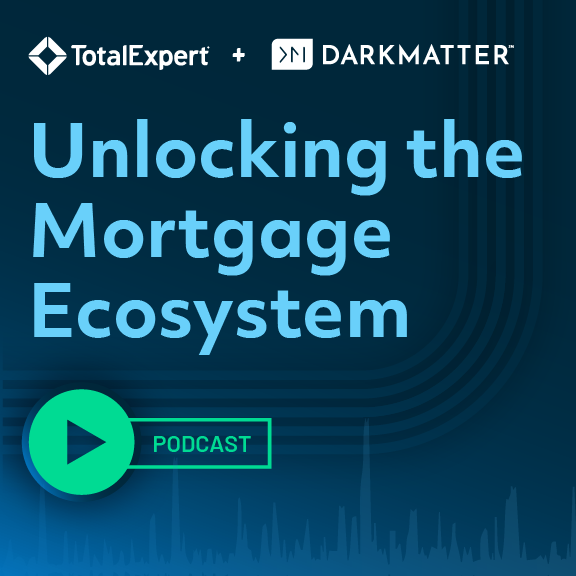Having a strong presence on social media isn’t just a nice option for mortgage loan officers (MLOs) and their Realtor partners to connect with potential clientele: it’s a virtual necessity in today’s competitive landscape.And those that do it right are in the best position to win business and dominate their market.
But as harmless as posting fun photos and complimentary comments may seem, there’s a flip side to using social media that must be addressed and managed: Compliance.
The good news is, there are ways to safely employ social media so you can enjoy boundless opportunities without overstepping regulatory boundaries.
- Start at the Top – Every company needs to have social media roles and responsibilities clearly defined. Senior management and/or the board of directors must have a firm directive in terms of how social media contributes to business goals, and create controls around that. Having top-down awareness will help ensure that social media use stays in line with company strategy.
- Train on Policies and Procedures – Develop guidelines that spell out clearly what to do (and not to do) on social media, incorporate them into your compliance policies, make sure your MLOs are trained on these policies.
- Monitor Media Activity – Keeping an eye on your MLOs social media activity is important, but not always easy to do. Many lenders opt to hire individuals or outside companies to do the monitoring for them. If and when issues arise, you know what to address, and what further education and parameters need to be put in place.
- Audits and Approvals – To ensure ongoing regulatory compliance, it’s a great idea to have an in-house audit team to identify and mitigate social media risks, and conduct ongoing checks and evaluations. If an MLO wants to step outside certain boundaries (altering marketing-authorized copy for their business page, etc.), an approval process should be in place to evaluate those requests.
- Separate Personal and Professional – There are different schools of thought on this, but from a compliance standpoint, MLOs should always keep their business page separate from their personal page. Their business page contains only industry-related topics and marketing pieces, and is monitored by the lender to review and approve all content before posting. MLOs can then share their business posts to their personal pages.
Social media is a critical component to developing a community channel of business. It’s a great way for MLOs to reinforce existing relationships and expand into new territory. Compliance is an important consideration in social media efforts, but quality is important as well. Companies and marketing departments should be proactive and devise social media content that adds value to consumers for MLOs to post that will pique interest and spark engagement and solve the compliance issue on the “front end” because it’s company-created. Companies and MLOs can grow their brands – and their production – by harnessing this powerful tool.
For further resources and ideas regarding social media usage, download the free one-page Social Media Compliance Tip Sheet and guide to maximizing the benefits of Facebook.


